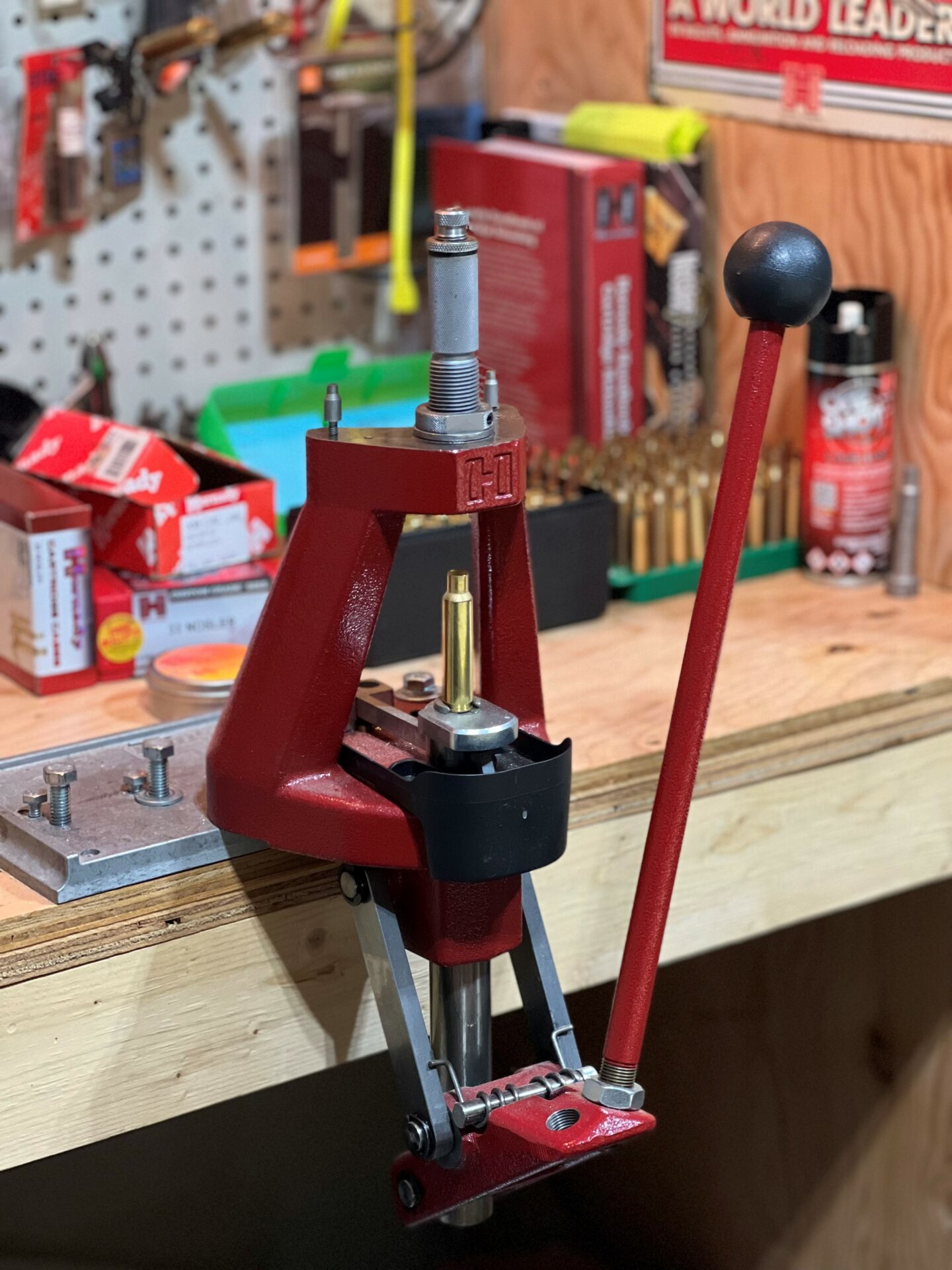Continuing on from my last column regarding the ongoing situation and the demand for shooting equipment still outweighing supply, today I will address reloading. This could all change one day in the near future, but it’s what we have to deal with right now. I have many people, who shoot mainly factory ammunition, ask if they should start reloading, while I hear reloaders comment that it is time to start shooting factory. However, with life right now, both may not be possible to do in quick order.
Advertisement
Many shooters got into reloading to save money and to gain accuracy over the factory ammunition of that time. Can you still save money by reloading ammunition these days? The cost of getting the equipment to get started can be quite daunting, not to mention the fact that there is always another tool/gadget that you must have to truly maximize your accuracy potential. A basic kit will get you loading, and I will base this comparison along with dies and shell holders for two different calibres, the .223 Remington and the .270 Winchester. I compiled the costs used in this comparison from BC-based sport shops and their websites and got a true average for the reloading tools, components and factory-loaded ammunition. It is a true apple-to-apple comparison between the components and the factory; in fact, I picked ammunition that uses the identical bullets and also kept the same manufacturer for brass as well.
Advertisement
Right out of the gate, a brand name press kit and the required dies and shell holders will run you about $938.50, and that is if you don’t add a case tumbler/cleaner or any other tools you know you will need in the very near future.
The cost of the factory-loaded .223 Remington is $22.75 or $1.14 each, and the .270 come in at $43.69 or $2.18 each after taxes.
Advertisement
The main cost of ammunition can be the brass case itself, so if you have saved your empties over the years, you should be able to realize some savings right away, or at least sooner than buying new, unprimed brass. I have always tried to save all my brass even before I loaded, it’s a good habit to have, and I find many shooters do that, but not all. A quick look below and it is easy to see the savings in reusing your fired brass.
| Cartridge | Factory New | Reload New Brass | Reload Fired Brass |
| .223 Remington | $1.14 per round | $1.78 | $ .63 |
| .270 Winchester | $2.18 | $2.68 | $1.23 |
Adding in the cost of the press kit and dies, it would take you 1,840 rounds of .223 or 988 rounds of .270, not including any other accessories purchased, to break even. I am often asked why anyone would use new, unprimed brass. There are many reasons for this, and for myself it gives me a base line on the exact condition of the brass. I usually only use new brass when I am heading out on a big hunt and want to make sure that I can control as much as possible.
I also shoot a few wildcat cartridges that I developed – this not only requires new brass, but it involves fire forming the brass before it is loaded, so it doubles the amount of primers required, greatly increases the amount of powder, travel and time into the whole procedure. Reloading does, however, greatly increase your accuracy capability and the satisfaction of success, whether it is being the smallest group you ever shoot or filling that tag for a dream animal with ammunition that you loaded yourself.
Another part of reloading that is often overlooked is the amount you will shoot on the search for that perfect group and velocity combination. You can look at this one of two ways: the more you shoot, the more you save, or is it the more you spend? Either way, more time behind your rifle will usually increase your skills and/or confidence, which every hunter can use. To me, it is another cog in the wheel, which enables me to be more in tune with my hunting.
